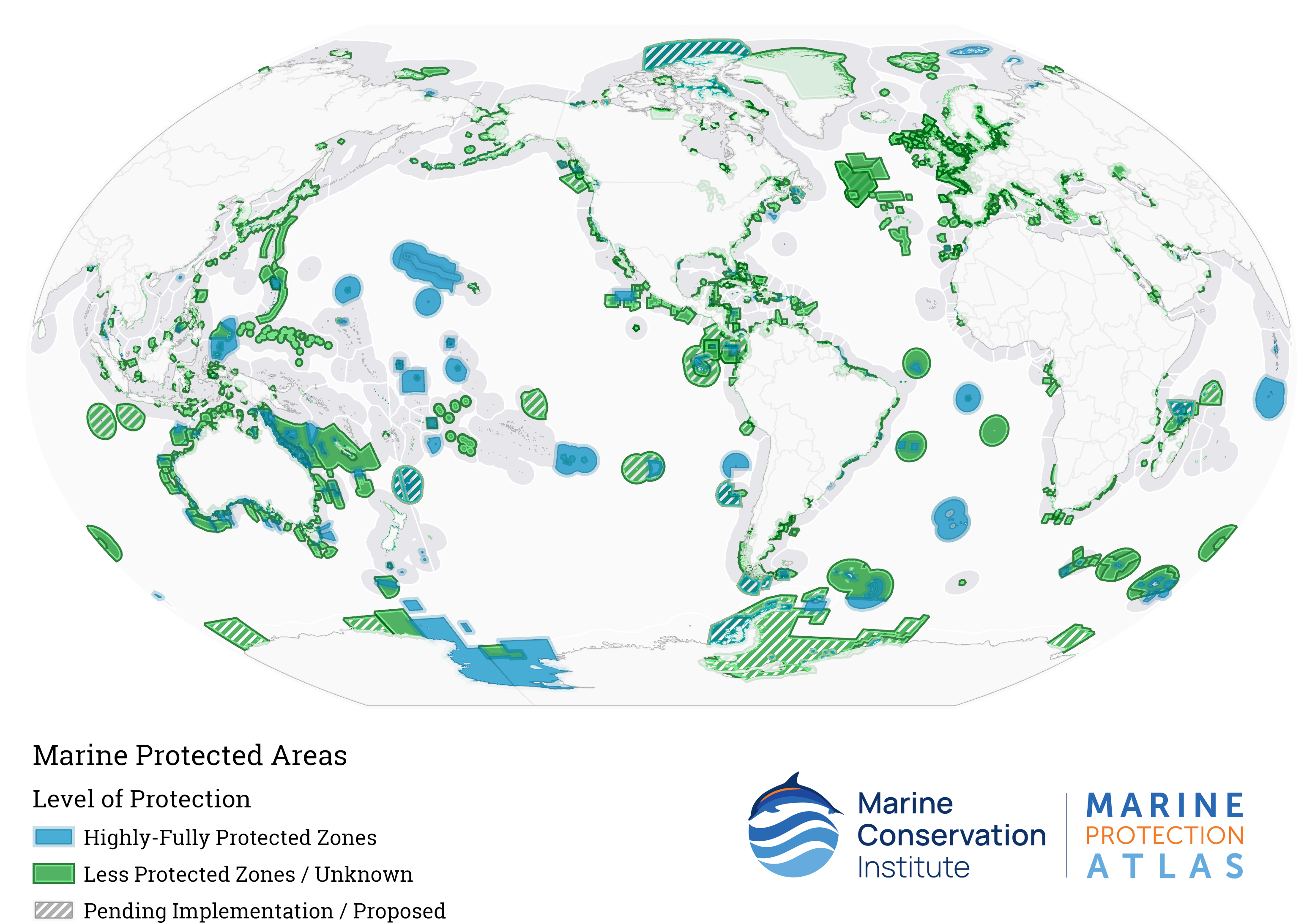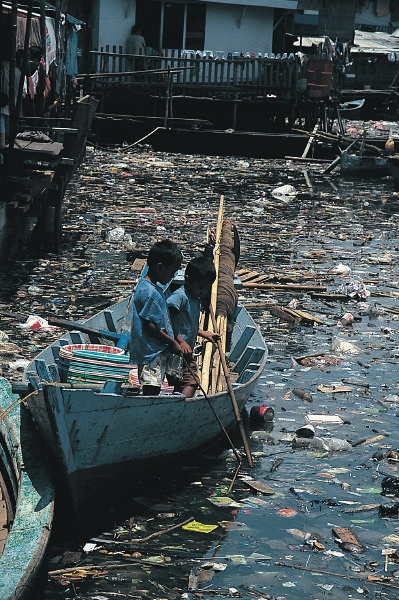|
California Ocean Science Trust
California Ocean Science Trust (OST) is a nonprofit 501(c)(3) public-benefit corporation established pursuant to the California Ocean Resources Stewardship Act (CORSA) of 2000. The mission of OST is to advance a constructive role for science in decision-making by promoting collaboration and mutual understanding among scientists, citizens, managers, and policymakers working toward sustained, healthy, and productive coastal and ocean ecosystems. Because OST is not a government entity, it can act as an independent and unbiased broker between policymakers and managers, and the scientific community. To achieve its mission and align with the purposes laid out in the enabling legislation, OST has two overarching organizational goals: 1) Facilitate two-way connections between the worlds of science and California coastal ocean policy and management and 2) Institutionalize the integration of the best science into California coastal ocean policy and decision-making. Programs MPA Monitor ... [...More Info...] [...Related Items...] OR: [Wikipedia] [Google] [Baidu] |
Public-benefit Nonprofit Corporation
A public-benefit nonprofit corporationnonprofit A nonprofit organization (NPO), also known as a nonbusiness entity, nonprofit institution, not-for-profit organization, or simply a nonprofit, is a non-governmental (private) legal entity organized and operated for a collective, public, or so ... corporation chartered by a state governments of the United States, U.S. state government and organized primarily or exclusively for Institution, social, educational institution, educational, Recreation, recreational or Charitable organization, charitable purposes by like-minded citizens. Public-benefit nonprofit corporations are distinct in the law from mutual-benefit nonprofit corporations in that they are organized for the general public benefit rather than for the interest of its members. They are also distinct in the law from religious corporations. See also * Civic society * New York state public-benefit corporations References External links Non-profit corporations ... [...More Info...] [...Related Items...] OR: [Wikipedia] [Google] [Baidu] |
501(c)(3)
A 501(c)(3) organization is a United States corporation, Trust (business), trust, unincorporated association or other type of organization exempt from federal income tax under section 501(c)(3) of Title 26 of the United States Code. It is one of the 29 types of 501(c) organization, 501(c) nonprofit organizations in the US. 501(c)(3) tax-exemptions apply to entities that are organized and operated exclusively for religion, religious, Charitable organization, charitable, science, scientific, literature, literary or educational purposes, for Public security#Organizations, testing for public safety, to foster national or international amateur sports competition, or for the prevention of Child abuse, cruelty to children or Cruelty to animals, animals. 501(c)(3) exemption applies also for any non-incorporated Community Chest (organization), community chest, fund, Cooperating Associations, cooperating association or foundation organized and operated exclusively for those purposes. [...More Info...] [...Related Items...] OR: [Wikipedia] [Google] [Baidu] |
Marine Protected Area
A marine protected area (MPA) is a protected area of the world's seas, oceans, estuaries or in the US, the Great Lakes. These marine areas can come in many forms ranging from wildlife refuges to research facilities. MPAs restrict human activity for a conservation purpose, typically to protect natural or cultural resources. Such marine resources are protected by local, state, territorial, native, regional, national, or international authorities and differ substantially among and between nations. This variation includes different limitations on development, fishing practices, fishing seasons and catch limits, moorings and bans on removing or disrupting marine life. MPAs can provide economic benefits by supporting the fishing industry through the revival of fish stocks, as well as job creation and other market benefits via ecotourism. The value of MPA to mobile species is unknown. There are a number of global examples of large marine conservation areas. The Papahānaumokuākea Mar ... [...More Info...] [...Related Items...] OR: [Wikipedia] [Google] [Baidu] |
Marine Life Protection Act
The Marine Life Protection Act (MLPA) was passed in 1999 and is part of the California Fish and Game Code. The MLPA requires California to reevaluate all existing marine protected areas (MPAs) and potentially design new MPAs that together form a statewide network. The MLPA has clear guidance associated with the development of this MPA network. MPAs are developed on a regional basis with MLPA and MPA-specific goals in mind and are evaluated over time to assess their effectiveness in meeting these goals. The five main goals of the Marine Life Protection Act are to maintain the diversity of marine ecosystems, conserve its populations, better educate people on human-marine life interactions, protect habitats, and effectively enforce MPAs. The establishment of this policy is an important step in expanding science-based management and decision making regarding policies. Overview Unlike terrestrial conservation, marine conservation often lacks a systematic approach to conserving biodiv ... [...More Info...] [...Related Items...] OR: [Wikipedia] [Google] [Baidu] |
Science, Technology, & Human Values
''Science, Technology, & Human Values'' (''ST&HV'') is a peer-reviewed academic journal that covers research on the relationship of science and technology with society. From the "Newsletters of the Program on the Public Conceptions of Science" that Gerald Holton established in 1972, it became ''The Newsletter on Science, Technology, & Human Values'', in 1976. ''ST&HV'' is published by the Society for Social Studies of Science, in conjunction with SAGE Publications. The journal is currently led by an editorial team based in Australia and New Zealand: Timothy Neale (Deakin University), Courtney Addison (Te Herenga Waka – Victoria University of Wellington), Matthew Kearnes (University of New South Wales), and Kari Lancaster (University of New South Wales). Former editors The following people have served as editors-in-chief. * Edward J. Hackett * Susan Leigh Star * Geoffrey C. Bowker * Ulrike Felt * Ellsworth R. Fuhrman * Olga Amsterdamsa * Susan E. Cozzens * Marcel C. LaFollet ... [...More Info...] [...Related Items...] OR: [Wikipedia] [Google] [Baidu] |
Marine Debris
Marine debris, also known as marine litter, is human-created solid material that has deliberately or accidentally been released in seas or the ocean. Floating oceanic debris tends to accumulate at the center of gyres and on coastlines, frequently washing aground, when it is known as ''beach litter'' or tidewrack. Deliberate disposal of wastes at sea is called ''ocean dumping''. Naturally occurring debris, such as driftwood and drift seeds, are also present. With the increasing use of plastic, human influence has become an issue as many types of (petrochemical) plastics do not biodegrade quickly, as would natural or organic materials. The largest single type of plastic pollution (~10%) and majority of large plastic in the oceans is discarded and lost nets from the fishing industry. Waterborne plastic poses a serious threat to fish, seabirds, marine reptiles, and marine mammals, as well as to boats and coasts. Dumping, container spillages, litter washed into storm drains a ... [...More Info...] [...Related Items...] OR: [Wikipedia] [Google] [Baidu] |
Marine Pollution
Marine pollution occurs when substances used or spread by humans, such as industrial waste, industrial, agricultural pollution, agricultural, and municipal solid waste, residential waste; particle (ecology), particles; noise; excess carbon dioxide; or invasive organisms enter the ocean and cause harmful effects there. The majority of this waste (80%) comes from land-based activity, although Marine Transportation, marine transportation significantly contributes as well. It is a combination of chemicals and trash, most of which comes from land sources and is washed or blown into the ocean. This pollution results in damage to the Natural environment, environment, to the health of all organisms, and to economic structures worldwide. Since most inputs come from land, via rivers, sewage, or the atmosphere, it means that Continental shelf, continental shelves are more vulnerable to pollution. Air pollution is also a contributing factor, as it carries iron, carbonic acid, nitrogen, silico ... [...More Info...] [...Related Items...] OR: [Wikipedia] [Google] [Baidu] |
Marine Spatial Planning
Marine spatial planning (MSP) also known interchangeably as Maritime Spatial Planning, is an ocean management instrument which aids policy-makers and stakeholders in compartmentalizing sea basins within state jurisdiction according to social, ecological and economical objectives in order to make informed and coordinated decisions about how to use marine resources sustainably. MSP generally uses maps to create a more comprehensive picture of a marine area – identifying where and how an ocean area is being used and what natural resources and habitat exist. It is similar to land-use planning, but for marine waters. Through the planning and mapping process of a marine ecosystem, planners can consider the cumulative effect of maritime industries on our seas, seek to make industries more sustainable and proactively minimize conflicts between industries seeking to utilise the same sea area. The intended result of MSP is a more coordinated and sustainable approach to how our oceans are ... [...More Info...] [...Related Items...] OR: [Wikipedia] [Google] [Baidu] |
Footnotes
In publishing, a note is a brief text in which the author comments on the subject and themes of the book and names supporting citations. In the editorial production of books and documents, typographically, a note is usually several lines of text at the bottom of the page, at the end of a chapter, at the end of a volume, or a house-style typographic usage throughout the text. Notes are usually identified with superscript numbers or a symbol.''The Oxford Companion to the English Language'' (1992) p. 709. Footnotes are informational notes located at the foot of the thematically relevant page, whilst endnotes are informational notes published at the end of a chapter, the end of a volume, or the conclusion of a multi-volume book. Unlike footnotes, which require manipulating the page design (text-block and page layouts) to accommodate the additional text, endnotes are advantageous to editorial production because the textual inclusion does not alter the design of the publication. H ... [...More Info...] [...Related Items...] OR: [Wikipedia] [Google] [Baidu] |
Environmental Organizations Based In California
Environment most often refers to: __NOTOC__ * Natural environment, referring respectively to all living and non-living things occurring naturally and the physical and biological factors along with their chemical interactions that affect an organism or a group of organisms Other physical and cultural environments *Ecology, the branch of ethology that deals with the relations of organisms to one another and to their physical surroundings *Environment (systems), the surroundings of a physical system that may interact with the system by exchanging mass, energy, or other properties. *Built environment, constructed surroundings that provide the settings for human activity, ranging from the large-scale civic surroundings to the personal places *Social environment, the culture that an individual lives in, and the people and institutions with whom they interact *Market environment, business term Arts, entertainment and publishing * ''Environment'' (magazine), a peer-reviewed, popular e ... [...More Info...] [...Related Items...] OR: [Wikipedia] [Google] [Baidu] |
Oceanographic Organizations
Oceanography (), also known as oceanology, sea science, ocean science, and marine science, is the scientific study of the ocean, including its physics, chemistry, biology, and geology. It is an Earth science, which covers a wide range of topics, including ocean currents, waves, and geophysical fluid dynamics; fluxes of various chemical substances and physical properties within the ocean and across its boundaries; ecosystem dynamics; and plate tectonics and seabed geology. Oceanographers draw upon a wide range of disciplines to deepen their understanding of the world’s oceans, incorporating insights from astronomy, biology, chemistry, geography, geology, hydrology, meteorology and physics. History Early history Humans first acquired knowledge of the waves and currents of the seas and oceans in pre-historic times. Observations on tides were recorded by Aristotle and Strabo in 384–322 BC. Early exploration of the oceans was primarily for cartography and mainly limited ... [...More Info...] [...Related Items...] OR: [Wikipedia] [Google] [Baidu] |




